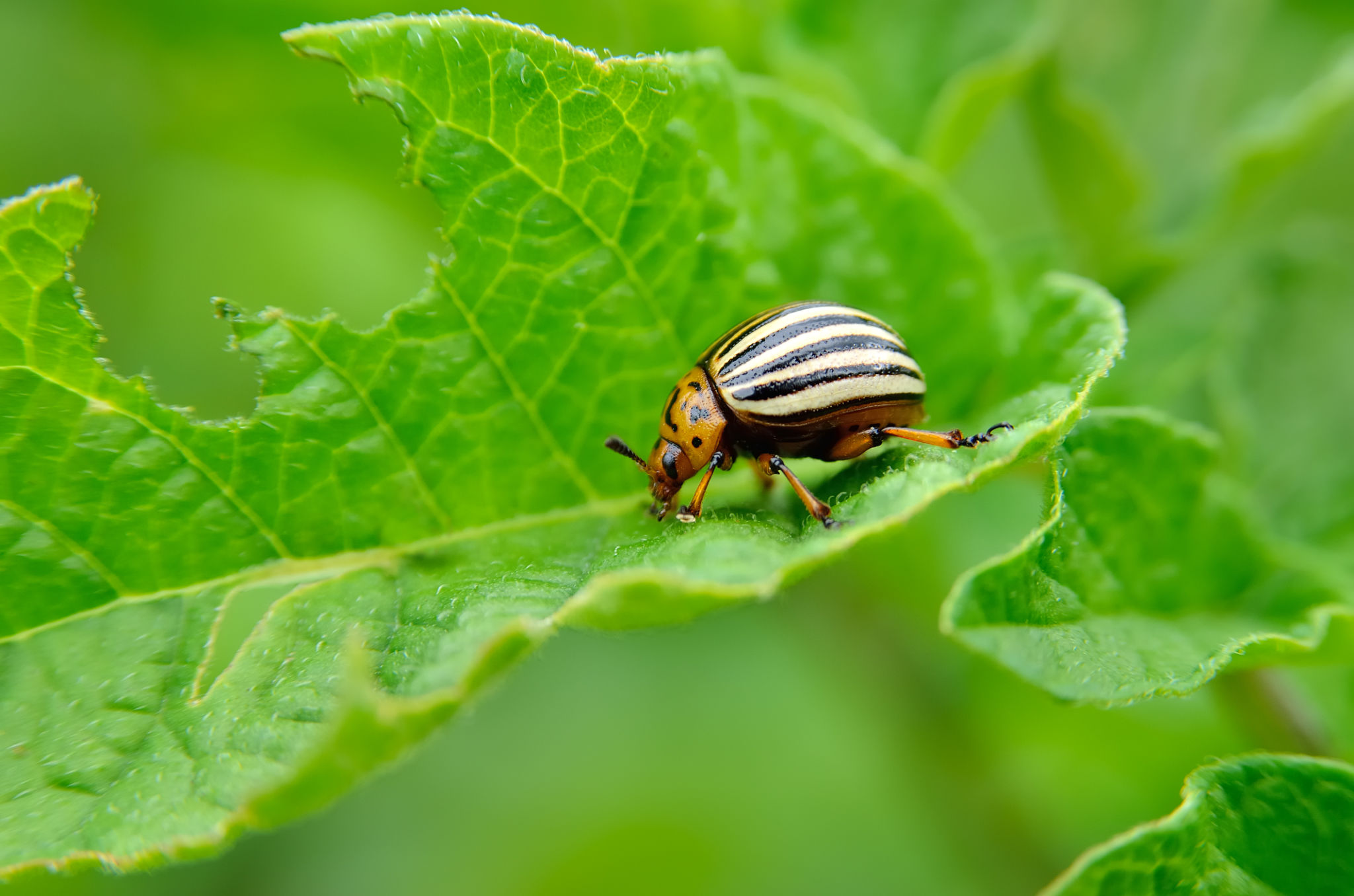Seasonal Pest Control Tips for Texas Farmers: Preparing for Change
Understanding Seasonal Pest Patterns
As the seasons change, so do the patterns of pests that affect Texas farms. Understanding these patterns is crucial for effective pest control. Different pests thrive in different weather conditions, and their life cycles often align with seasonal changes. By being aware of these patterns, farmers can implement targeted pest control measures to protect their crops and livestock.
For instance, warmer months may bring an increase in insect activity, while cooler months might see a rise in rodent infestations. Knowing which pests are more likely to appear in each season helps in planning and executing effective control strategies.

Preparing for Spring Pests
Springtime in Texas is synonymous with new growth, but it also marks the beginning of increased pest activity. As temperatures rise, many insects emerge from their dormant state. Farmers should be particularly vigilant about pests such as aphids, caterpillars, and cutworms.
To prepare for these pests, consider implementing an integrated pest management (IPM) strategy that combines biological, cultural, and chemical control methods. Planting pest-resistant crop varieties and introducing beneficial insects like ladybugs can help manage pest populations naturally. Regular monitoring of crops is also essential to catch any infestations early on.
Managing Summer Infestations
Summer is often the peak season for pest activity, with heat-loving insects like grasshoppers and beetles thriving during this time. Additionally, mosquitoes may become a more significant concern for both livestock and humans.
Farmers should focus on maintaining a clean environment by removing standing water and debris where pests can breed. Using natural repellents and traps can help reduce mosquito populations. For insects affecting crops, consider using organic pesticides as a last resort to minimize impact on beneficial insect populations.

Autumn Pest Control Strategies
As autumn approaches, farmers should shift their focus to pests that seek shelter from the cooling weather. Rodents and certain insects may try to invade barns and storage facilities.
Sealing cracks and gaps in building foundations and ensuring proper storage of feed can prevent unwanted guests. Additionally, setting traps and using rodenticides cautiously can help manage rodent populations effectively.
Winter Preparations
Winter brings its own set of challenges as pests look for warmth. While many insects go dormant, rodents remain active and may become more problematic indoors.
Regularly inspecting storage areas and maintaining cleanliness can deter rodents. Implementing regular maintenance checks around the farm will help identify potential entry points for these pests.

Using Technology in Pest Control
Advancements in technology have provided farmers with innovative tools for pest management. Utilizing drones for crop monitoring and implementing automated traps can enhance pest control efforts without extensive manual labor.
Additionally, software solutions that track pest activity and predict potential infestations based on weather data can help farmers stay one step ahead of the problem.
Importance of Regular Monitoring
The cornerstone of any effective pest control strategy is regular monitoring. Keeping detailed records of pest activity and crop health helps in making informed decisions quickly.
By conducting routine inspections and employing monitoring technologies, farmers can identify potential issues before they become severe, ensuring both their crops and livestock remain healthy year-round.
Conclusion: Adapting to Change
Pest control is a dynamic challenge that requires adaptability and foresight. By understanding seasonal pest patterns and employing diverse strategies, Texas farmers can minimize the impact of pests on their operations.
Embracing new technologies and maintaining vigilance throughout the year will ensure that farms remain productive despite the ever-changing pest landscape.